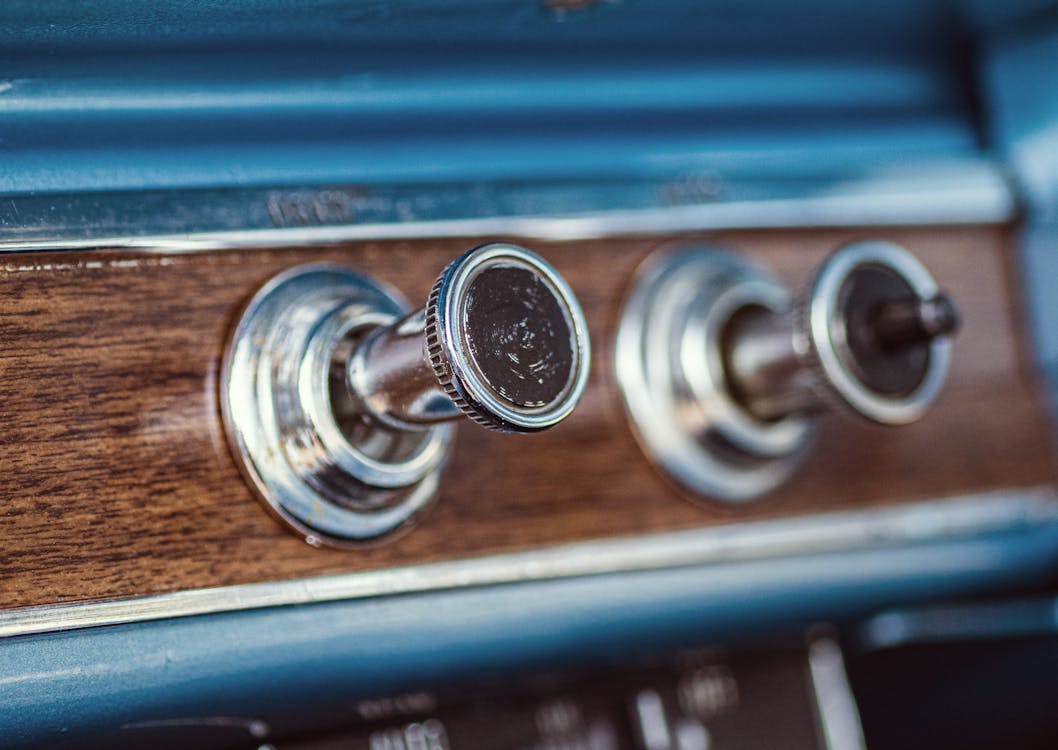
For the past years, auto interiors have been quickly advancing towards streamlined, screen-dominated control board. Touchscreens changed traditional handles, sliders, and switches in what many assumed was the unavoidable march of development. Yet, in an unforeseen spin, physical switches are quietly making their way back right into contemporary lorries. The shift signals more than simply a timeless nod-- it's an action to real-world comments from chauffeurs craving simpleness, security, and responsive contentment.
The Digital Overload Dilemma
When touchscreens first started taking over control panels, they seemed like the future: clean, personalized, and loaded with features. They removed clutter and enabled automakers to enhance their insides with fewer physical parts. But as more attributes were buried within digital menus, vehicle drivers began to articulate problems.
Touchscreens typically need numerous steps to carry out standard jobs like adjusting the climate or altering the radio station. Unlike switches, they do not have the instinctive muscular tissue memory that permits a driver to transform a setup without taking their eyes off the roadway. With so much happening on-screen, it becomes all too very easy to get distracted-- something no person desires when traveling at freeway speeds.
The Return of Tactile Functionality
Among the largest benefits of buttons is their responsive comments. You can feel them without needing to look. This sensory support makes them not simply practical but more secure for vehicle drivers. When your hand naturally knows where the quantity knob is or just how far to press a button to turn on the defrost, it decreases the need to glimpse down or far from the road. And while touchscreens use convenience for infotainment and navigating, the vital day-to-day features-- like hazard lights, audio controls, and HVAC-- feel far better matched to physical controls.
In fact, lots of drivers who previously spoke highly of electronic systems have actually shared gratitude for newer designs that mix modern-day aesthetic appeals with the sensible feeling of typical controls. It's not concerning denying innovation-- it's about boosting use.
A Balanced Design Philosophy
Developers have paid attention to this shifting sentiment. Instead of deserting displays, they're rethinking just how they're integrated. The best insides now strike an equilibrium between electronic adaptability and analog accuracy. That implies strategically positioning buttons for vital features while utilizing digital user interfaces for apps, navigation, and media.
This hybrid method is specifically popular in lorries created for long-distance driving or households. The ease of pressing a button without stumbling with a menu makes a big distinction when you're attempting to remain concentrated, comfy, and safe. Also in vehicles known for innovative tech, a basic rotating dial or tactile control can be the function that sways motorists trying to find thoughtful style.
Buttons and the Emotional Connection
There's additionally something distinctively emotional about switches. They bring a specific level of engagement that touchscreens simply don't replicate. Pushing a button or transforming a dial feels like you're literally communicating with your vehicle-- it includes a layer of connection that makes the driving experience more enjoyable.
For those taking into consideration used Chevy cars, automobiles from recent years usually supply the very best of both globes: responsive touch user interfaces paired with timeless physical controls. These models bridge the gap between innovation and experience, making them ideal for motorists that value modern features without compromising convenience of use.
Modern Technology Isn't Just About Screens
It's very easy to conflate technology with screens, but true advancement suggests boosting the driver experience. In this light, buttons are a kind of clever design. They're quickly, exact, and do not demand attention. As automobile design becomes increasingly driver-centric, ease and intuition take spotlight.
This additionally ties directly right into the resale and trade-in worth of automobiles. Autos that focus on easy to use features often tend to age far better in the eyes of future purchasers. If you're considering a Chevrolet trade in, understanding that your current lorry uses an attentively created inside, total with conveniently accessible controls, can have a favorable influence.
The Future Is Functional
As vehicle suppliers re-evaluate the role of interfaces in the cabin, they're click here assisted by vehicle driver feedback and real-world usability research studies. The rebirth of switches does not signify a go back to the past-- it's a step forward in thoughtful, user-first style. It acknowledges that development doesn't always indicate removing the old yet incorporating it in such a way that makes driving more secure, less complex, and extra delightful.
If you're in the marketplace and checking out Chevy new car deals, watch on exactly how different models manage their indoor controls. It's not almost the touchscreen size-- it's about how the lorry assists you stay concentrated on the road while making your day-to-day commute a lot more user-friendly. Buttons might not be the flashiest attribute, however they're quickly turning into one of the most valued.
For more understandings right into vehicle fads, interior design technologies, and smart auto shopping pointers, be sure to inspect back routinely. We're always upgrading the blog with fresh concepts to aid you browse the roadway in advance.